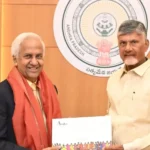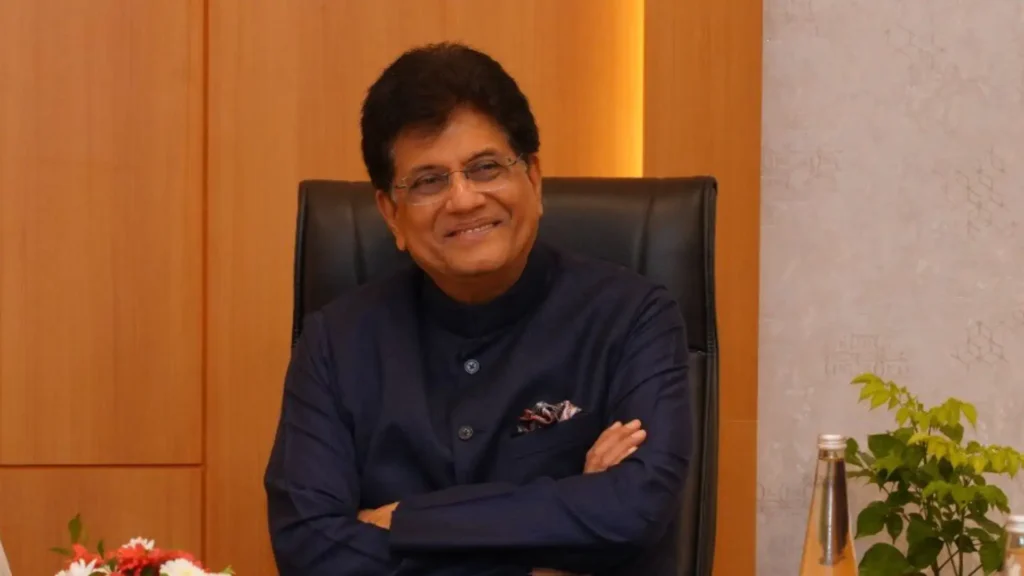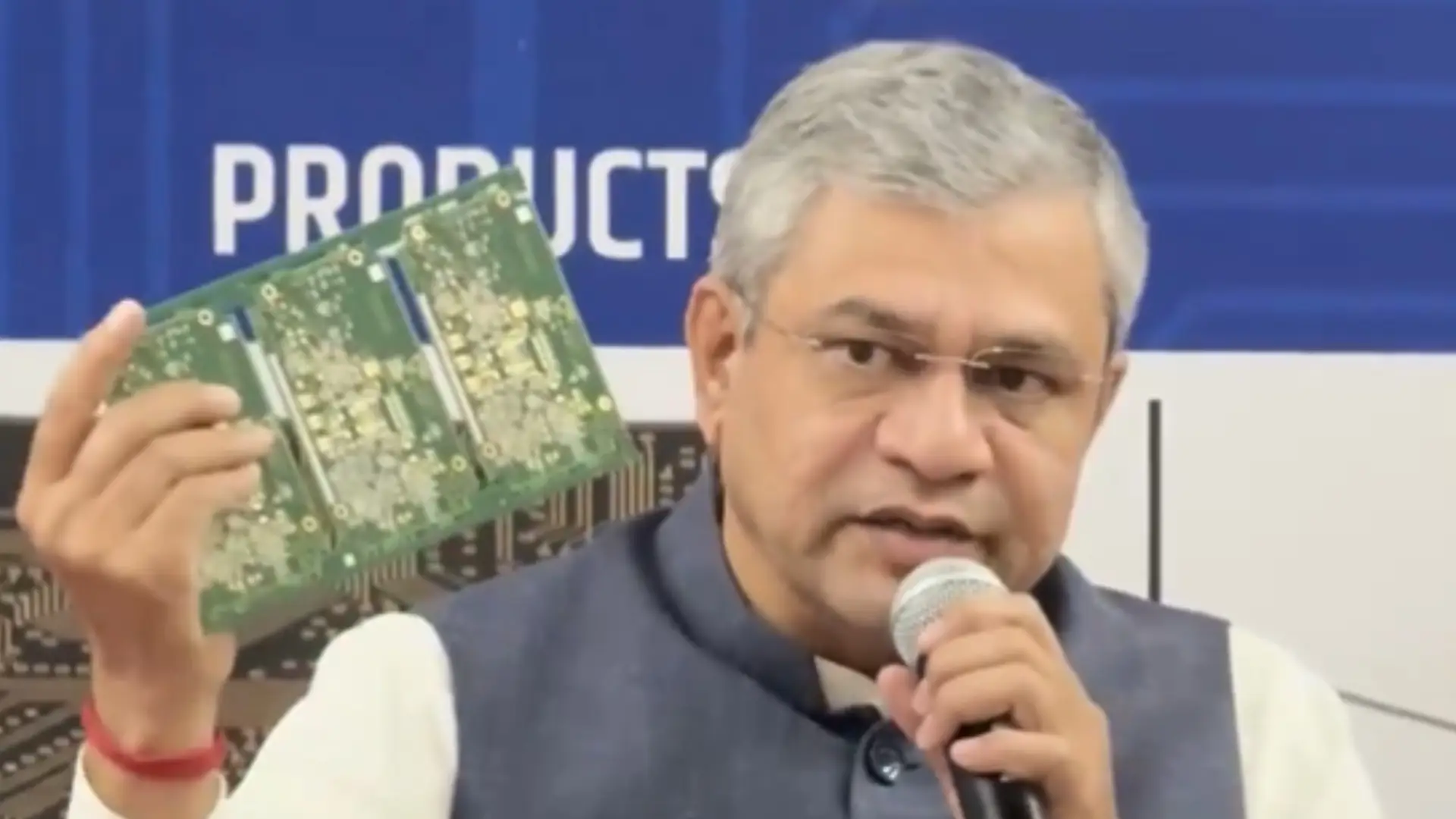India’s Commerce and Industry Minister Piyush Goyal recently outlined an ambitious vision for the country to evolve from a $4 trillion economy to a $30-35 trillion economy by 2047, marking 100 years of independence. Guided by three strategic pillars—prosperity through technology, trust through righteousness, and trade through capability—India aims to solidify its position as a global economic powerhouse.
A key driver in this transformation is the democratization of technology and robust digital infrastructure. India’s digital public infrastructure now serves 1.4 billion citizens, with the Unified Payments Interface (UPI) handling nearly half of the world’s real-time digital transactions. The country boasts one of the largest internet user bases globally, with 1 billion connected Indians and a growing semiconductor ecosystem backed by $30 billion in investments. India is also the second-largest user base of ChatGPT, highlighting its rapidly expanding tech adoption.
On the trade front, India is actively negotiating free trade agreements with six major economies, including the US, EU, New Zealand, Oman, Chile, and Peru, while having existing FTAs with the UAE, Australia, and four European nations. The government has drastically reduced regulatory burdens by scrapping 1,500 laws and 42,000 compliances to enhance ease of doing business. This trade momentum has translated into exports crossing $825 billion for FY 2024-25 and foreign direct investment hitting a record $81 billion.
Together, these efforts around technology, infrastructure, and trade underpin India’s ambitious but achievable path to becoming the world’s third-largest and eventually a $35 trillion economy by 2047. The government’s structural reforms and investor-friendly policies reinforce this growth trajectory, aiming for inclusive development and global economic leadership.










